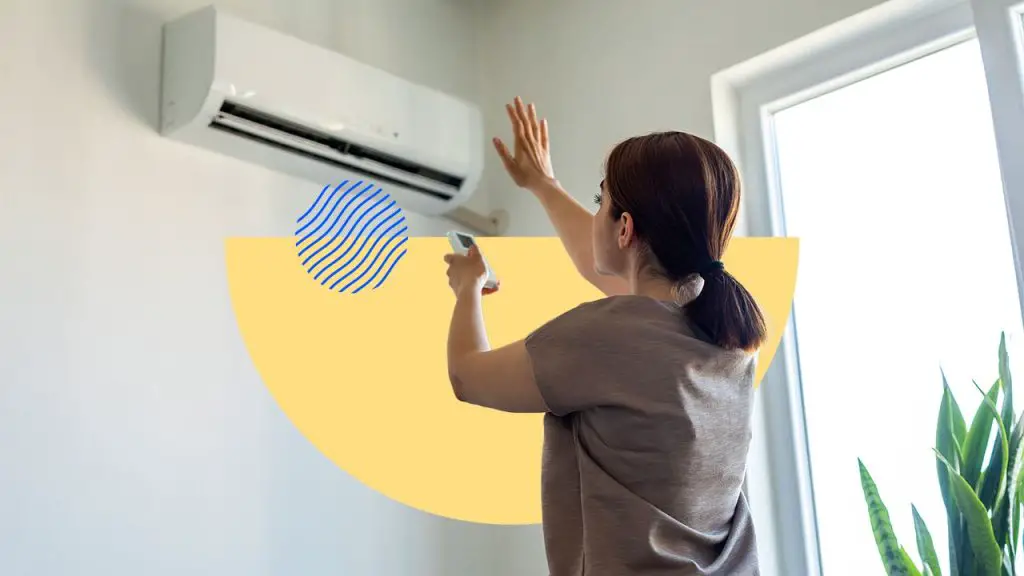When the scorching heat of summer hits, there’s nothing more comforting than stepping into a cool, air-conditioned space. But have you ever stopped to wonder how exactly your HVAC air conditioning system manages to keep your home or office so blissfully cool? Let’s delve into the inner workings of HVAC air conditioning systems to understand the fascinating technology behind this modern-day convenience.
Understanding the HVAC System
HVAC stands for Heating, Ventilation, and Air Conditioning. While the system comprises both heating and cooling components, we’ll focus specifically on the air conditioning aspect in this article. An HVAC air conditioning system works by removing heat and humidity from an enclosed space, replacing it with cooler air to create a more comfortable environment.

Credit: jacobsheating.com
The Components
There are various components that work together to facilitate the air conditioning process. These include:
| Component | Function |
|---|---|
| Thermostat | Regulates the temperature by turning the system on and off as needed. |
| Air Handler | Responsible for circulating and conditioning the air. |
| Compressor | Pressurizes the refrigerant, allowing it to absorb and release heat. |
| Condenser Coil | Helps dissipate heat from the refrigerant. |
| Evaporator Coil | Facilitates the heat exchange process to cool the air. |
| Refrigerant | Carries heat away from the indoor air and releases it outdoors. |
The Cooling Process
Now, let’s dig into the actual cooling process within an HVAC air conditioning system:
- Step 1: The thermostat senses that the indoor air temperature has risen above the set level, signalling the need for cooling.
- Step 2: The air handler draws in warm air from the space through return ducts, passing it over the evaporator coil.
- Step 3: The refrigerant within the evaporator coil absorbs the heat from the air, causing it to cool down and remove moisture (humidity).
- Step 4: The now-cooled and dehumidified air is pushed back into the space, lowering the overall temperature and increasing comfort.
- Step 5: The absorbed heat from the air is then transferred to the outdoor unit where the condenser coil releases it into the outside air.
- Step 6: The refrigerant, now in a low-pressure, cool state, is cycled back indoors to repeat the process.
Maintaining Your HVAC System
Like any complex machinery, HVAC air conditioning systems require regular maintenance to ensure optimal performance and longevity. Here are a few maintenance tasks that homeowners and facility managers should prioritize:
- Filter Replacement: Regularly changing the air filters is essential to ensure proper airflow and air quality.
- Coil Cleaning: Both the evaporator and condenser coils should be inspected and cleaned to prevent efficiency-reducing buildup.
- Refrigerant Check: Ensuring the correct level of refrigerant is crucial for efficient operation.
- Professional Inspections: Periodic inspections by HVAC professionals can catch potential issues before they escalate into costly repairs.
Conclusion
Understanding how HVAC air conditioning systems work allows us to appreciate the ingenuity behind this modern comfort essential. From the intricate components to the cooling process, every aspect plays a vital role in maintaining a pleasant indoor environment, especially during the sweltering summer months. By prioritizing regular maintenance and promptly addressing any issues, homeowners and businesses can ensure their HVAC systems continue to deliver refreshing cool air for years to come.

